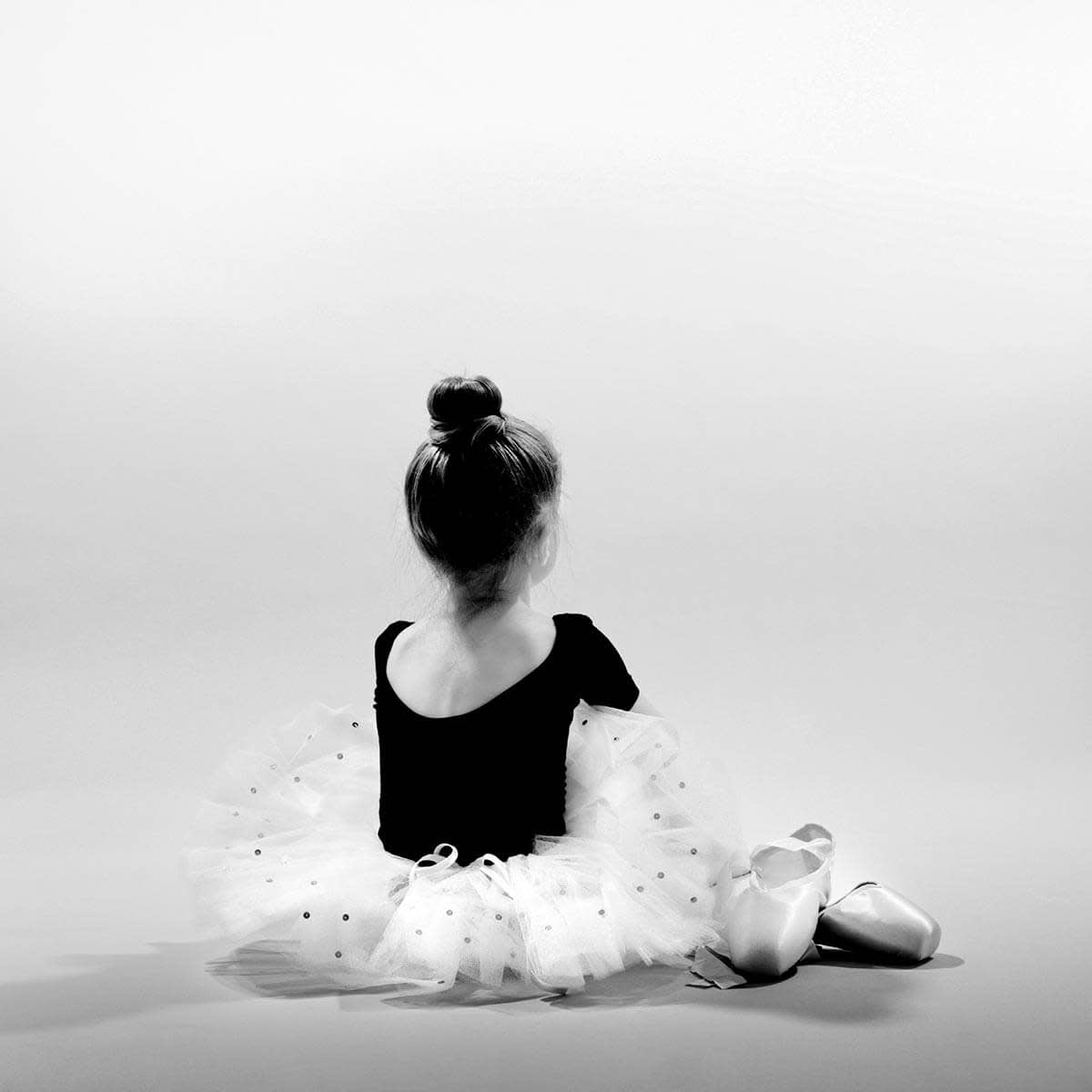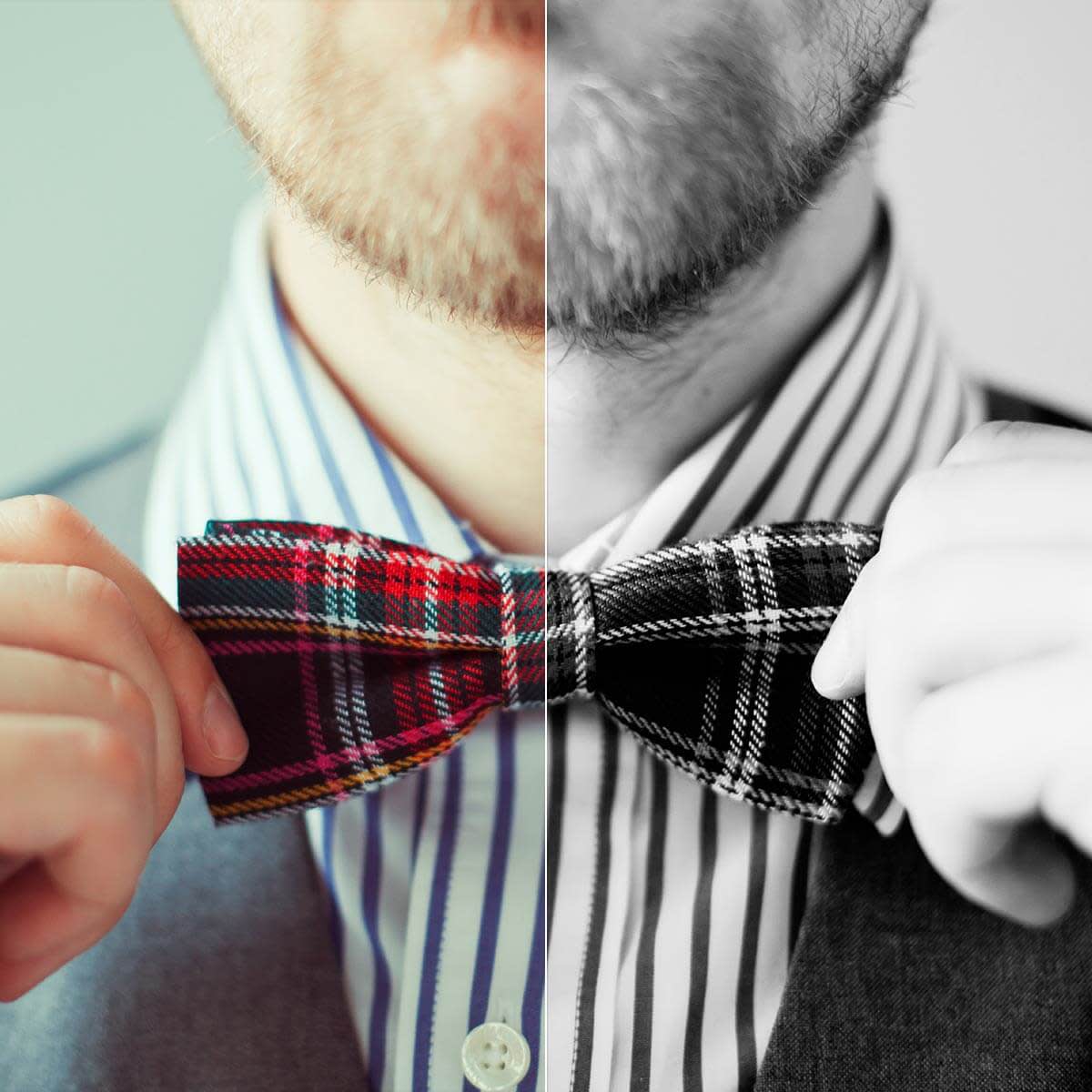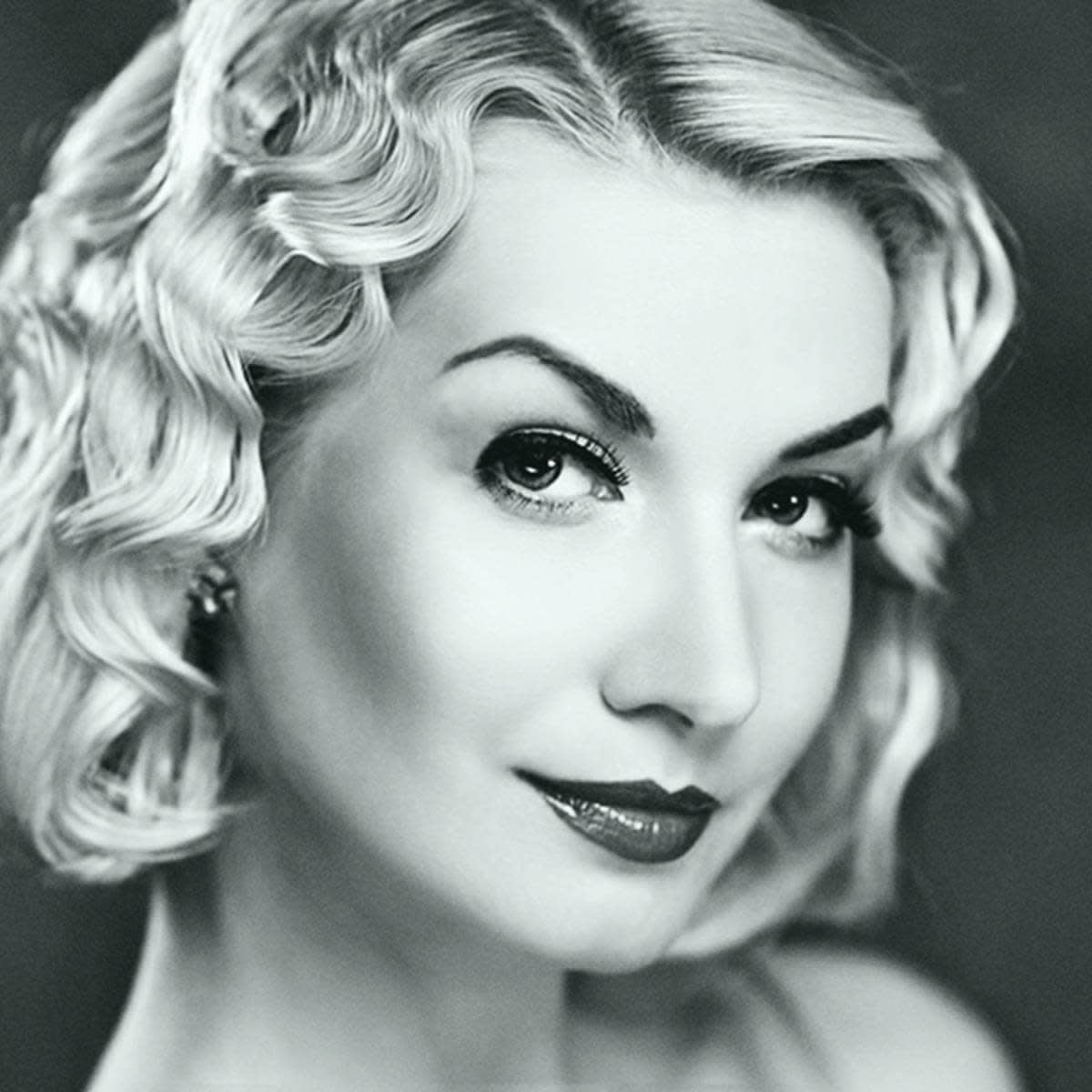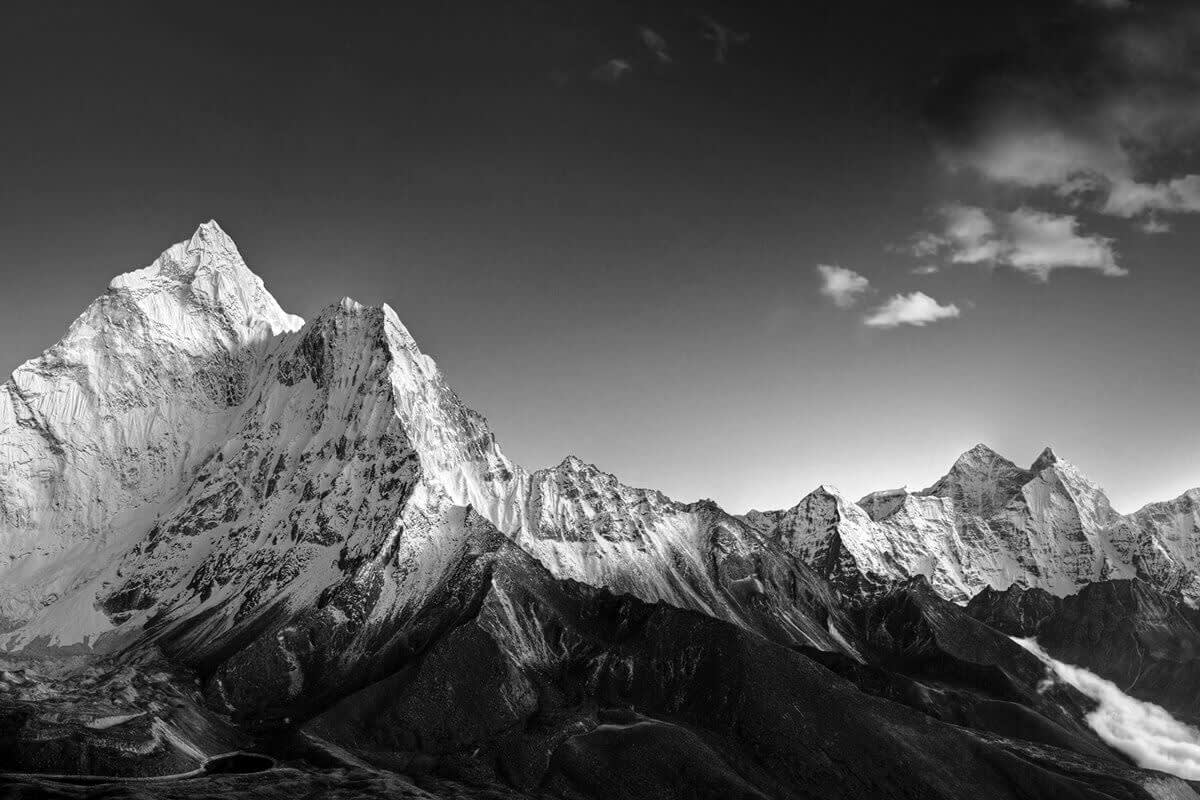Photo effects aren’t just about prettying up your pics. They can totally transform a photograph into something otherworldly. We’re highlighting some of our faves so you can spice up your images and make people sit up and take notice.
Mirror

The Mirror effect turns your image into a duplicative work of art, worthy of the finest museums in the land—or at least your Instagram. Mirror comes with options for mirroring the left, right, top, and bottom parts of your image, plus a slider to control the image offset (how wide you want it to be, basically). We’re pretty jazzed, so you oughtta try it.
Super B&W

Super B&W, found in the Black and White group in the Effects tab, is the amped up, high-contrast, gritty black and white you’ve been looking for. What exactly makes it super? The brightness and contrast settings are built right in, and they’re just what you need for a truly inspiring black and white look.
Tri-X

Tri-X mimics Kodak’s Tri-X film, the biggest-selling black and white photographic film in the world. Tri-X film defined the intense and evocative photojournalistic aesthetic. The film was renowned for its exposure latitude and became a popular film to push. (Pushing a film is when you expose and develop it as if it were a higher-ISO film.) Anyhoo, people pushed 400 to 1600 all the time, so the effect mimics both 400 and 1600. Now it’s yours, only a click away.
Silverscreen

The Silverscreen photo effect turns your image into a frame of classic cinema. Under the hood, it’s applying an autofix, introducing some noise to make it look like film grain, and making curve adjustments that look moody and mysterious enough to make you pull up your trenchcoat collar before you set out on your secret rendezvous. On top of that, there’s a super light green filter—because that soft tinting is common with old film—to get the effect just right. See for yourself, here.
Black & White

This effect doesn’t give you the luxe contrast of Super B&W, but what you do get is a color picker! The Contrast filter field mimics the colored filters you stick on the front of your lens for black and white photography.
“Color for black and white?! What are you talking about??”
Well, glad you asked. The filter lets the brightness of its own color pass right through to the film, or sensor. It blocks the complementary color. Complementary colors are opposite each other on the color wheel. So, a color filter darkens its complementary color (plus the complementary color’s adjacent colors, but to a lesser extent). Ever wonder how Ansel Adams got his white clouds to pop out so much against a darkened blue sky? Red number 25, that’s how! Each color gives the image a completely unique look, so go try it out.
